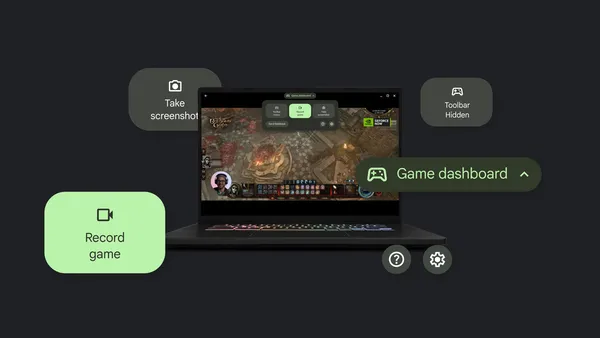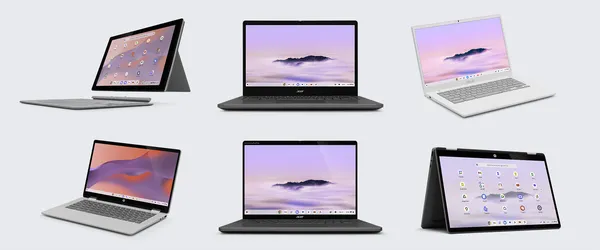Many of us have been told the virtues of “Don’t Repeat Yourself” or DRY. Pause and consider: Is the duplication truly redundant or will the functionality need to evolve independently over time? Applying DRY principles too rigidly leads to premature abstractions that make future changes more complex than necessary.
Consider carefully if code is truly redundant or just superficially similar. While functions or classes may look the same, they may also serve different contexts and business requirements that evolve differently over time. Think about how the functions’ purpose holds with time, not just about making the code shorter. When designing abstractions, do not prematurely couple behaviors that may evolve separately in the longer term.
When does introducing an abstraction harm our code? Let’s consider the following code:
The approach on the right seems to violate the DRY principle since the ValueError checks are coincidentally the same. However, tasks and payments represent distinct concepts with potentially diverging logic. If payment date later required a new validation, you could easily add it to the right-hand code; adding it to the left-hand code is much more invasive.
When in doubt, keep behaviors separate until enough common patterns emerge over time that justify the coupling. On a small scale, managing duplication can be simpler than resolving a premature abstraction’s complexity. In early stages of development, tolerate a little duplication and wait to abstract.
Future requirements are often unpredictable. Think about the “You Aren’t Gonna Need It” or YAGNI principle. Either the duplication will prove to be a nonissue, or with time, it will clearly indicate the need for a well-considered abstraction.
 New Chromebooks and features for gaming
New Chromebooks and features for gaming
 Our newest Chromebooks and latest Chromebook features
Our newest Chromebooks and latest Chromebook features
 Learn about new Chromebook and Chromebook Plus devices available this spring
Learn about new Chromebook and Chromebook Plus devices available this spring
 Get more done in the classroom with the help of generative AI and our newest features for teachers.
Get more done in the classroom with the help of generative AI and our newest features for teachers.
 In the 25 years since Google was founded, technology has created significant transformations — and perhaps nowhere more so than in Asia-Pacific.Today, the region is home…
In the 25 years since Google was founded, technology has created significant transformations — and perhaps nowhere more so than in Asia-Pacific.Today, the region is home…